Explain Different Types of Integrity Constraints
The table-level Integrity constraints apply to the entire table while the column level constraints are only applied to one column. Integrity constraints provide a mechanism for ensuring that data conforms to guidelines specified by the database administrator.

Integrity Constraints In Dbms Scaler Topics
It concerns the rationality of data present within the relational database.

. The NOT NULL constraint prevents a column from having a NULL value. The whole purpose of constraints is to maintain the data integrity during an updatedeleteinsert into a table. It is expressed as the number of entities to which another entity can be associated via a.
Data integrity is handled in a relational database through the concept of referential integrity. Domain Integrity- Domain integrity means the definition of a valid set of values for an attribute. Integrity constraints can be divided into the following.
Its a feature of relational systems which store data in tables that can be linked and used in a variety of ways. Three types of integrity constraints are an inherent part of the relational data model. The most common types of constraints include.
Entity integrityEntity integrity relies on the creation of primary keys the unique values that identify pieces of data to ensure that data isnt listed more than once and that no field in a table is null. Entity integrity constraints as the name implies. It ensures that values entered into a column are all different.
Entity Integrity Constraint- This rule states that in any database relation value of attribute. Logical integrity constraints can be categorized into four types. The rules that force DBMSs to check that data satisfies the semantics.
It depends on the making of primary keys or exclusive values that classify data items. These constraints include Primary Key Foreign Key Unique. Referential integrityReferential integrity refers to the series of processes that.
It prevents a column from accepting null values. Why Integrity Constraints are Useful in a Data Warehouse. The most common types of constraints include.
In a relational model constraints are a very significant function. Integrity constraints provide a mechanism for ensuring that data conforms to guidelines specified by the database administrator. Start your trial now.
In this article we will briefly explain how to define the following types of constraint and their usage. Foreign key referential constraints. Referential Integrity Rules and Constraints.
You may apply integrity Constraints at the column or table level. There are two types of constraints on the Entity Relationship ER model. It doesnt mean a zero value.
Entity integrity referential integrity and domain integrity. Let discuss each of the above constraints in detail. Entity integrity concerns the concept of a primary key.
Integrity constraints are used to ensure accuracy and consistency of the data in a relational database. If you try to insert a null value in such a column it will be rejected. Solution for Explain the distinction between integrity constraints and authorization restrictions.
The following are some types of constraints. Constraints are beneficial since they allow a designer to define in the database the meanings of content. There are various types of integrity constraints that the database provides.
Constraints are used for modeling limitations on the relations between entities. Each has its own function and each ensures data integrity in its own way. The relational model in particular supports the well-defined principle of attribute or relation constraints.
There are six types of Integrity Constraints in SQL are. In this tutorial we will learn several types of constraints that can be created in RDBMS. There are many types of integrity constraints that play a role in Referential Integrity RI.
N either the primary key nor any part of it can contain null values. Indicated in an ERD by a solid line. To ensure that no null values are allowed.
First week only 4. They are different from validations or controls we define at application or presentation layers. Discuss the different types of computer users and give an example of each.
Mainly Constraints on the relational database are of 4 types. Mapping cardinality or cardinality ratio. Key Constraints PRIMARY KEY FOREIGN KEY.
UNIQUE constraints To ensure that a given column is unique. In some situations you may choose to use a different state for the FOREIGN KEY constraints. Nor do they depend on the experience or knowledge of the users interacting with the system.
Where the primary key contains the foreign key. Requires that every table have a primary key. Explain the distinction between integrity constraints and authorization restrictions.
To ensure that a given column is unique. TYPES OF INTEGRITY CONSTRAINTS 1.
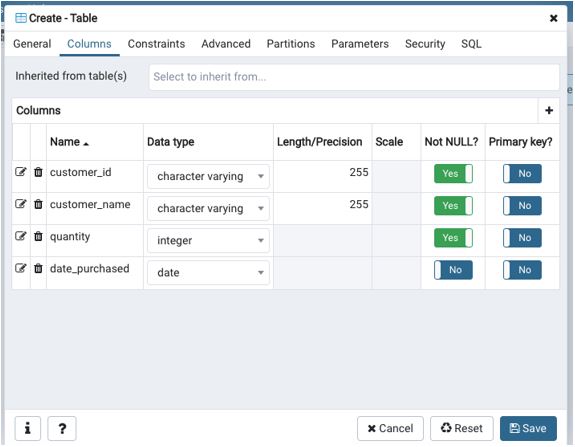
Integrity Constraints In Dbms Types Of Integrity Constraints In Dbms

Integrity Constraints In Dbms Scaler Topics
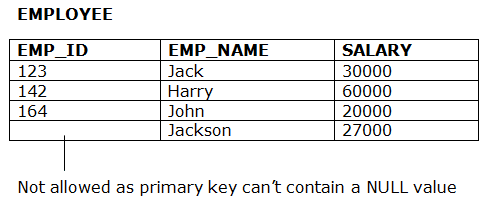
Dbms Integrity Constraints Javatpoint
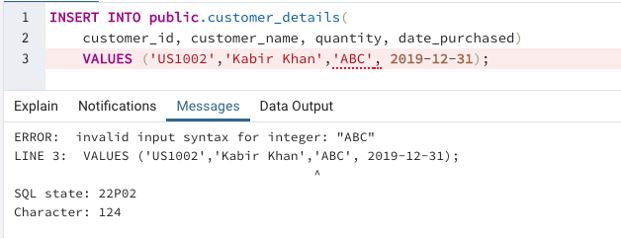
Integrity Constraints In Dbms Types Of Integrity Constraints In Dbms

Integrity Constraints Ppt Download

Integrity Constraints In Dbms Types Of Integrity Constraints In Dbms

Integrity Constraints In Dbms Types Of Integrity Constraints In Dbms

Integrity Constraints In Dbms Types Of Integrity Constraints In Dbms
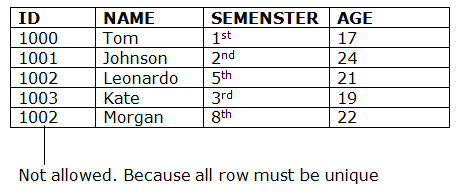
Dbms Integrity Constraints Javatpoint
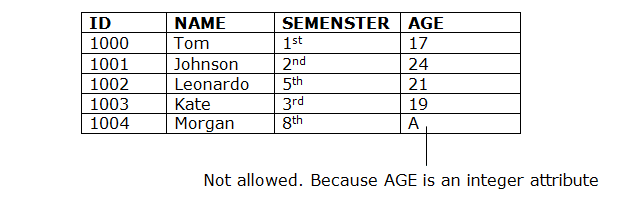
Dbms Integrity Constraints Javatpoint
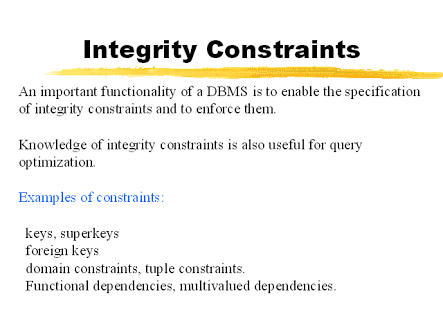
Integrity Constraints Padakuu Com
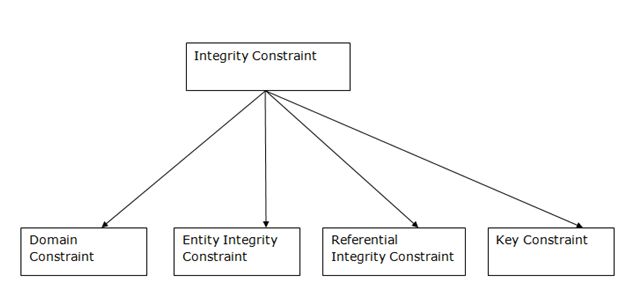
Dbms Integrity Constraints Javatpoint

Integrity Constraints Ppt Download
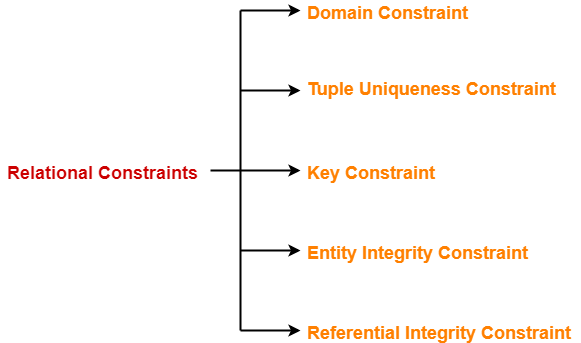
Constraints In Dbms Types Of Constraints In Dbms Gate Vidyalay

Integrity Constraints In Dbms Types Of Integrity Constraints In Dbms

Integrity Constraints In Dbms Types Of Integrity Constraints In Dbms

Integrity Constraints Ppt Download
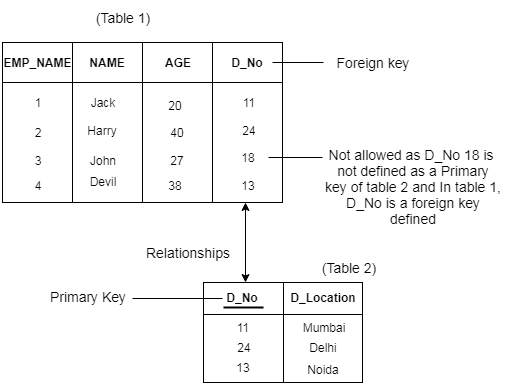

Comments
Post a Comment